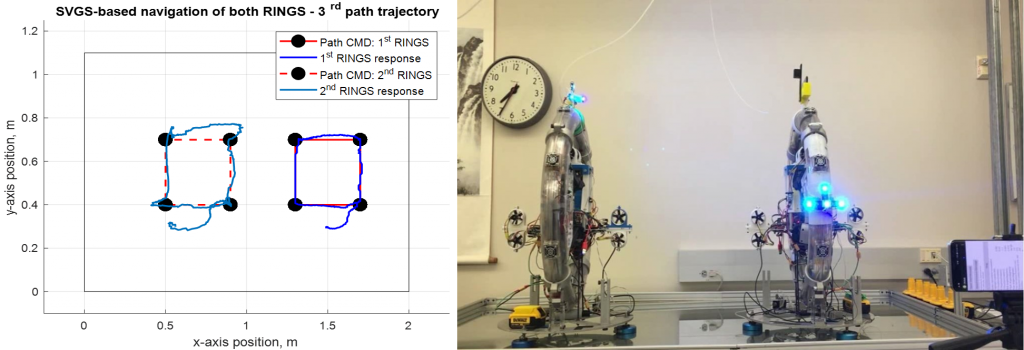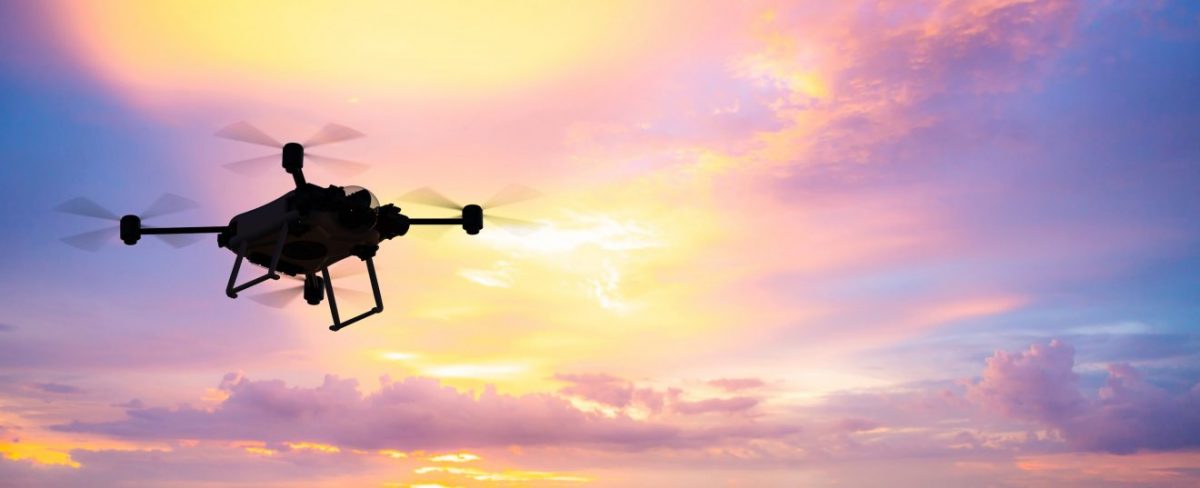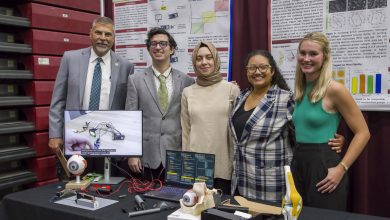New Drone Research Harnesses Cell Phone Power
Cell phone technology has evolved into a powerful and relatively inexpensive tool. Even an iPhone 5 with 16 gigabytes of memory – far outdated at this technological point – has about 240,000 times the memory of the Voyager spacecraft.
This increasingly sophisticated device is now at the heart of new Florida Tech research into autonomous drone landing.
Florida Tech mechanical and civil engineering professor Hector Gutierrez leads a research team that has integrated a “photogrammetric embedded sensor” to achieve autonomous landing of drones. The paper, “Performance Characterization of the Smartphone Video Guidance Sensor as Vision-Based Positioning System” was published earlier this month in the journal Sensors. The work is supported by the Control Systems Design and Analysis Branch at NASA Marshall Space Flight Center.

Smartphone Video Guidance Sensor (SVGS) is a vision-based embedded sensor developed at Marshall using an Android-based smartphone which enables proximity operations and formation flight in small satellite platforms. SVGS determines the 6-state relative position and orientation of a moving target relative to a coordinate system attached to the camera by capturing an image of a set of illuminated points mounted on the target in a known geometric pattern.
In the captured image, SVGS is used as real-time position and attitude sensor to control two Resonant Inductive Near-field Generation Systems (RINGS) ground units in a formation maneuver. Besides spacecraft guidance and control, SVGS can be used as relative position and attitude sensor in a variety of robotic proximity operations such as docking, landing and cooperative maneuvers.
When used for autonomous drone landing, SVGS sends position and attitude drone coordinates (relative to the landing target) to a companion computer on board the drone. The companion computer uses SVGS position and attitude information to calculate flight path commands for the drone, enabling guidance to support autonomous landing.
Potential use for this technology is diverse, ranging from landing and docking for human planetary exploration to commercial use for automated management of drone deliveries in both indoor and outdoor environments.
SVGS is a stand-alone relative position and attitude sensor that holds great promise for proximity operations in small satellite applications such as formation flight, rendezvous and docking. Future work includes the deployment, testing and assessment of SVGS on real-time targets, which could eliminate the need for using smartphones for implementing SVGS.
The ability to use drones in an autonomous manner would be pivotal for their future use, Gutierrez noted. “Drones today rely on human operators. A drone that can be autonomously deployed has great potential in numerous settings, from material handling on manufacturing operations to military applications.”
SVGS research at the Aerospace Systems and Propulsion Lab at Florida Tech will soon be deployed in the International Space Station as part of a guest science project to demonstrate SVGS as position and attitude sensor for formation flight and proximity maneuvers. The project involves the deployment and implementation of SVGS on Astrobee, the latest NASA free flying robot on ISS, and is supported by a Phase II STTR contract with NASA Ames Research Center.
The ongoing revolution in integrated, low-cost computing platforms continues to enable novel applications that would be considered science fiction only a few years ago.
“With electronics, sensors and computing power becoming more powerful while keeping compact sizes and low costs, autonomous devices are going to be more and more part of everyday life,” Gutierrez said.
###





